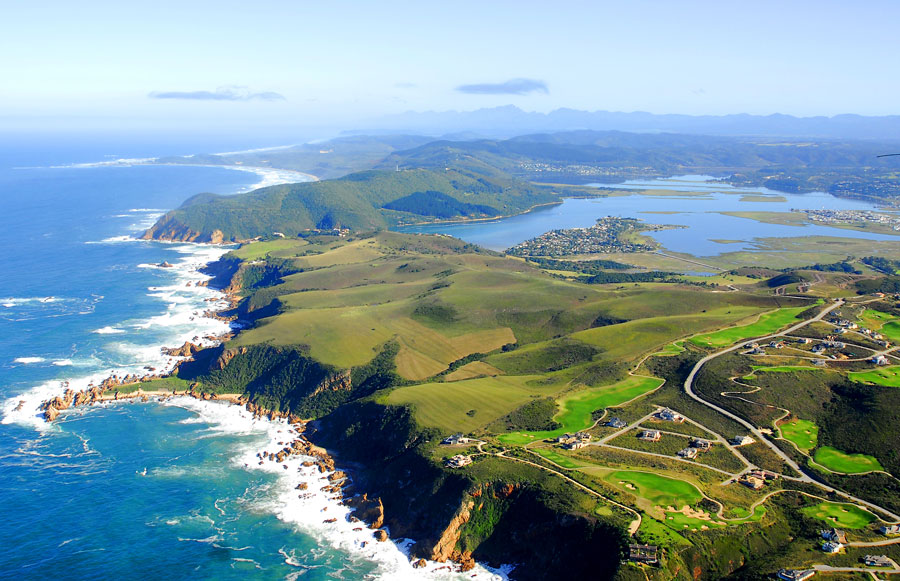
The Garden Route has always been about fast fun, thrilling escapes, and energy-packed adventure. With tourism offices selling the adventure to the hordes of tourists that flock our way, we have overlooked the ever-growing wine industry of the Southern Cape. While most still struggle with the concept of Garden Route wines, others are asking the more pertinent question: Why the Garden Route?
According to a series of studies by viticulturists and other industry-related specialists, this is, in large part, due to global warming. As far back as 2010, it was clear that a decline in rainfall in South Africa would impact the Western Cape wineries. As a result, climate change is pushing key wine-producing regions the world over, further into previously unthought-of areas.
TRY OUT THE ULTIMATE TRIVIA GAME FOR WINE LOVERS
The region might not yet be the prime location for wine production, but it is fast becoming a reality. “Along certain parts of the Garden Route you can expect a 30% yield,” admits Carl Ahlstrom, owner of Donegal Estate, a newcomer to the region. “High damp leads to fungus, which lowers the yield. Our shiraz that took the Veritas gold is currently being sourced from a single block in the Swartland region and initially made at Riebeek Cellars.”
In the same breath, he is also preparing a small block at the back of their estate, which should favour varietals like pinot noir or chenin in years to come. Nestled between George and Wilderness, the recently completed ageing cellar at Donegal Estate fits perfectly into the expanding local wine community.
“Wine needs to smell like perfume,” he says while playing the piano, something he does as comfortably as he would bounce his young daughter on one knee. “If it doesn’t smell like perfume, there is a flaw.”
The art of winemaking is a patient, passionate exercise that often goes unnoticed until the bottle hits the shelf. The Garden Route’s progression to its current wine-producing status did not happen overnight. A quick recap puts everyone’s toil into perspective.
The Past
It all started in Calitzdorp back in 1890, when the Nel family secured a large farm along the upper reaches of the Gamka River Valley. Early on, Daniel Nel successfully crafted brandy for export to London. The land was later subdivided to become De Krans Wine Cellar and Boplaas Family Vinyards, currently driven by Boets and Carel Nel, respectively.
While the Nel family planted the seed, numerous other entrepreneurs and families have expanded on the idea of bringing wine to the Route. An influx of experience, with the fruits of trial-and-error, led to a conviction that the impossible was, in fact, possible.
The Present
Boasting more than fifty wine farms and distillers across the Southern Cape, it has become a noteworthy contributor to the South African wine industry. The Eden, Plettenberg, and Klein Karoo wine routes all form part of the Garden Route.
Since its inception, the Plett Winelands initiative has captured the interest of locals and foreigners. This unique experience showcases the wine estates from Knysna, through Plettenberg Bay, and to The Crags. While the Eden wine route ranges from Mossel Bay to George, the Klein Karoo leg includes the enchanting towns of Oudtshoorn, Calitzdorp, and Barrydale.
The Future
With a renewed demand for formal wine education, the Francois Ferreira Academy has recently become accredited to offer Cape Wine Academy-certified training. For more information about their wine appreciation courses, you can contact Donia at marketing@francoisferreira.com.
What will the book club read next? King of Sorrow is the ultimate book club and wine companion.
As much as the efforts of the past have laid the foundation, the present reality of climate change has cemented the future of the wine industry. While each wine estate has plans of expansion, the extent of production is set to multiply within the next couple of years. A host of recent awards also confirms that the quality of wines bottled here has improved drastically. Not only will this lead to a spike in tourism, but it will also result in increased employment, as well as an increase in export quantities.
This article was first published in the South Magazine wine column.



